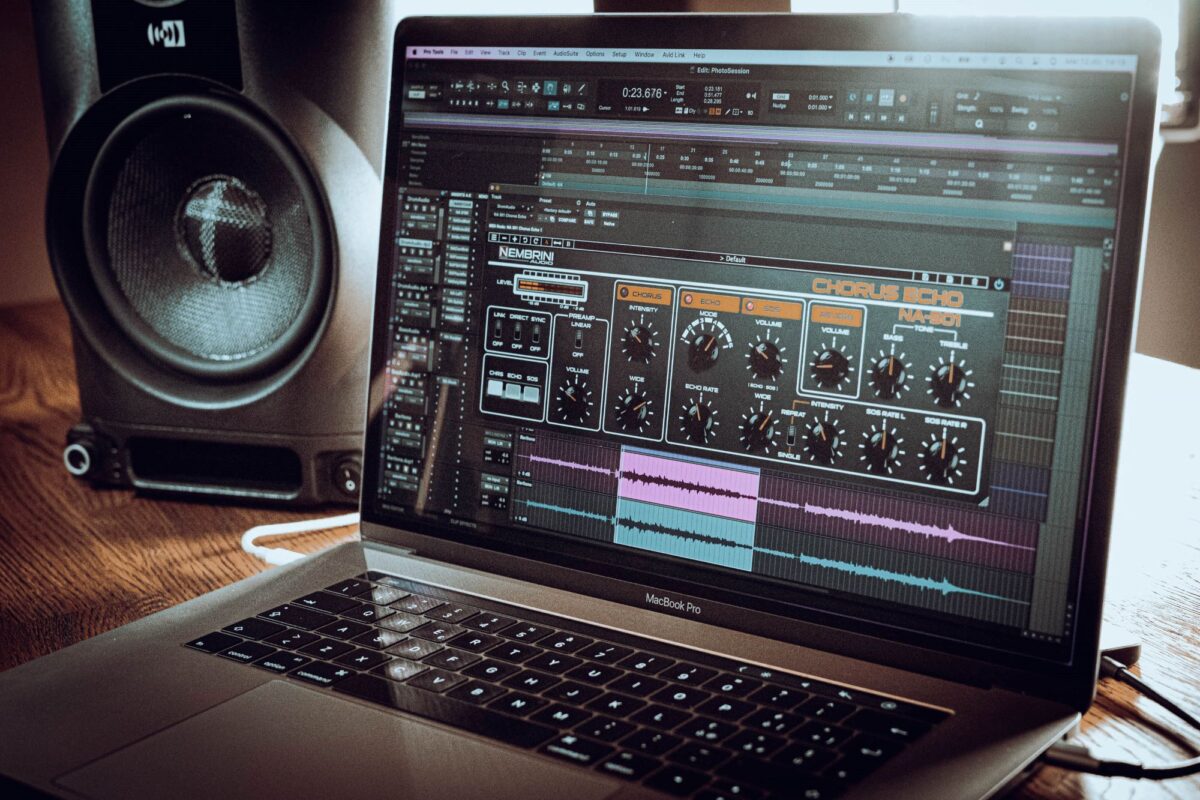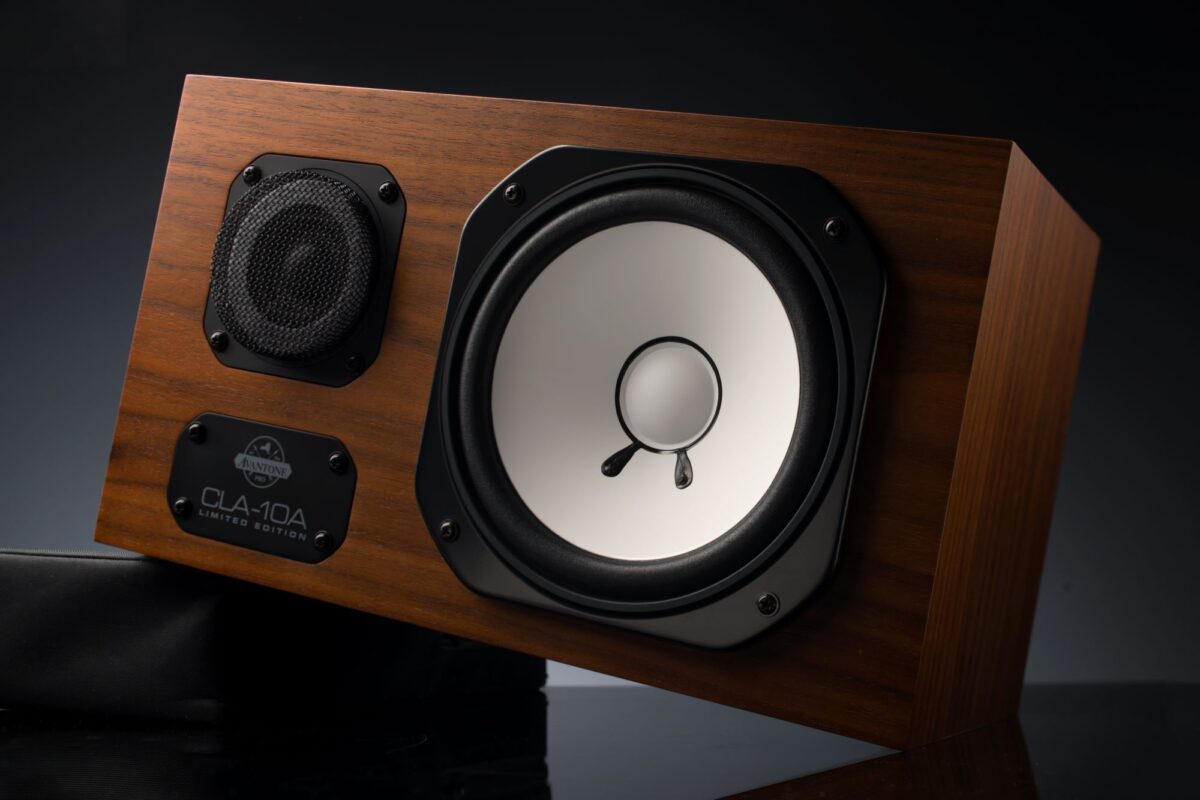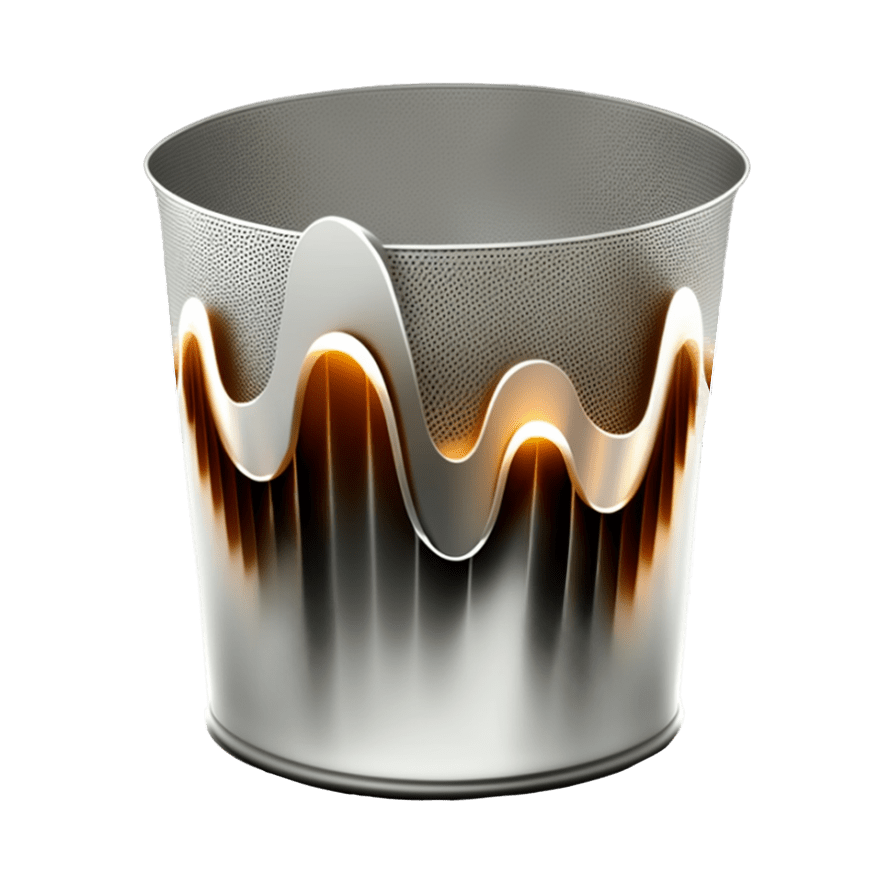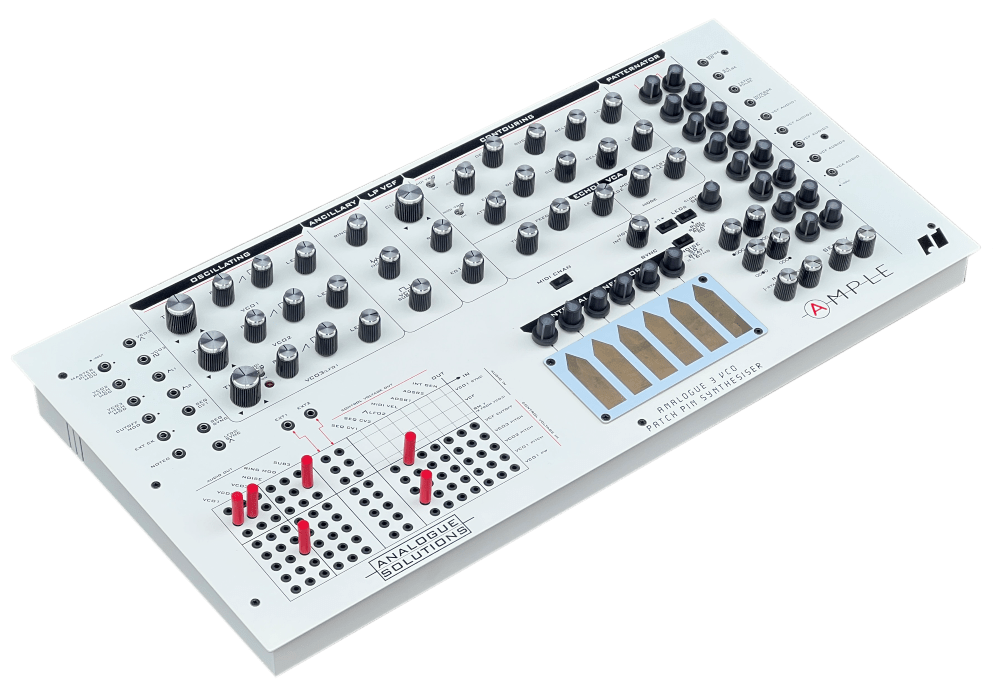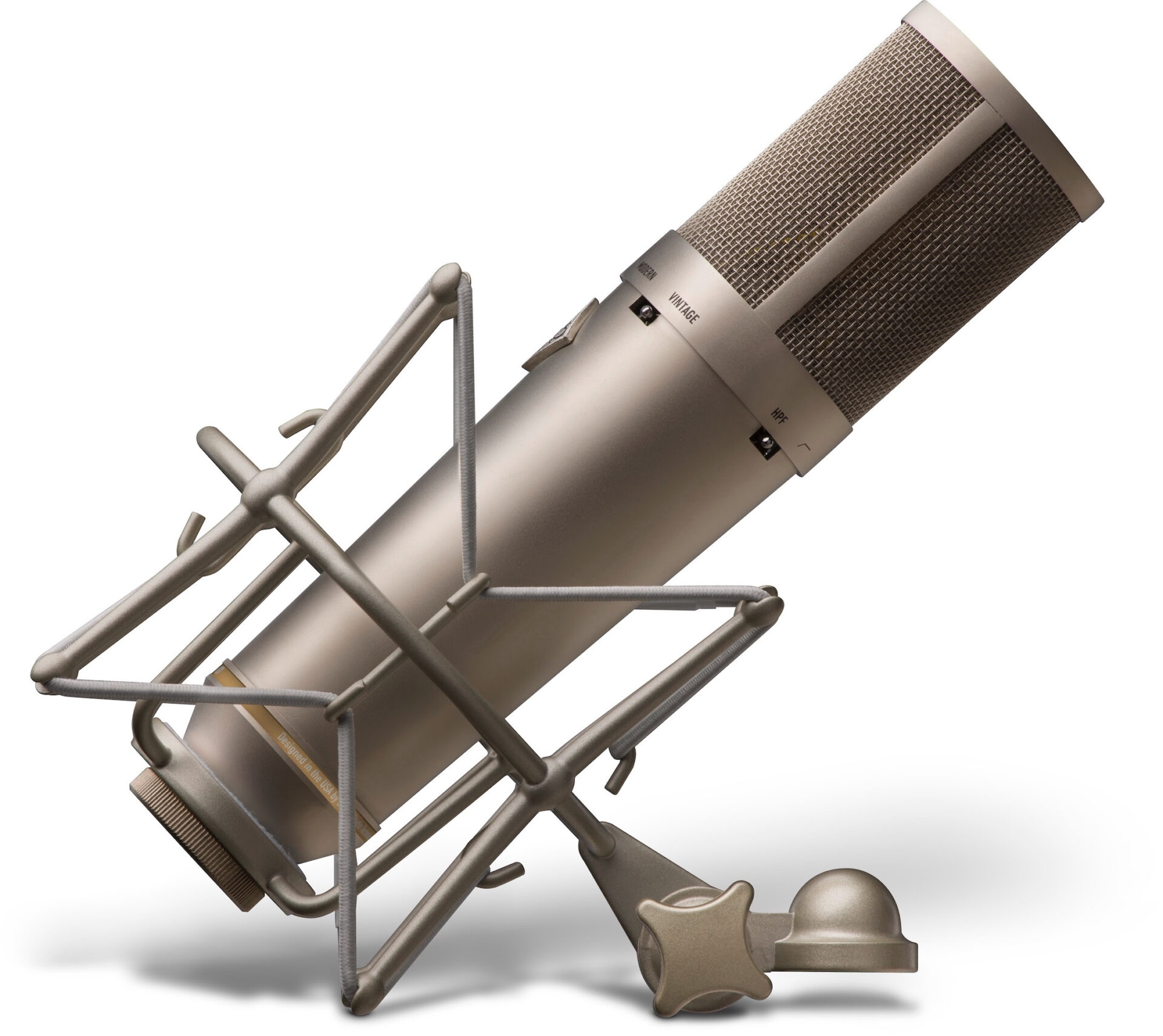
United Studio Technologies is proud to present UT Twin87, a must-have mic that faithfully captures the essence of both the original classic and modern incarnations of the ’87-style’ microphone design — duly creating a must-have microphone that duplicates both circuits, capable of being retooled on the fly for the first time ever, enabling anyone an extraordinary reproduction of the sonic attributes of both mics by literally toggling between two discrete ’87-style’ circuit topologies
United Studio Technologies took its time bringing the UT Twin87 to market, as simple ‘EQ/boost’ circuitry or digital gimmickry would not suffice. Instead, component values, types, and circuit differences were meticulously measured between ‘golden reference’ specimens of the very first available microphones of this style and some of the most recent revisions produced; variations were then studied, documented, and audible differences teased out.
As a result, the UT Twin87 includes United Studio Technologies’ UT-K87 capsule, a custom-made K87-style dual-diaphragm/dual-backplate affair that is precision milled from brass, skinned with 6 m (micron) Japanese Mylar — a polyester film made from stretched PET (polyethylene terephthalate) — in a laboratory-clean room environment, and has a 24k gold-sputtered The twin circuit topology involved effectively captures the essence of both the original classic and modern variants of the ’87-style’ microphone design. In VINTAGE mode, the UT Twin87 uses an insulated dual-backplate construction to polarize its capsule directly by normal (+ 48V, optimum) phantom power voltages, as was the case with the first ’87-style’ microphones. Meanwhile, the Hi-Z (high impedance) and de-emphasis circuitry retains all of the original component choices, resulting in a slightly warmer, softer, and forgiving sound. The UT Twin87’s capsule is polarized at a higher voltage utilizing a FET (Field-Effect Transistor) oscillator circuit, as found on later iterations of the classic mic, resulting in more sensitivity and a hotter signal fed into the amplifier circuits. Again, the Hi-Z and de-emphasis circuitry use the same component choices as much later ’87-style’ designs, resulting in a louder, slightly brighter, and more articulate response with a longer top-end reach and more ‘up-front’ character.

Despite the custom capsule capabilities, numerous variants of the original German output transformer utilized in this sort of microphone were evaluated, with some of the earlier, larger frame designs proving especially inspiring. Because the size of a transformer can be a limiting issue, United Studio Technologies created its own custom-wound transformer using huge, all-nickel laminations, resulting in nearly four times the metal mass of any existing ’87-style’ microphone. Furthermore, this component ensures that there are no design bottlenecks or weak connections, ensuring that nothing is lost in translation as the signal travels from the microphone to long cable runs.
Most current ’87-style’ microphones have an output filter to block RF (Radio Frequency) and FM (Frequency Modulation) interference, which has sparked much controversy over the years about whether this filter improves or degrades the microphone’s sonics. United Studio Technologies has clearly put an end to the discussion, as its HPF (High-Pass Filter) can be activated or deactivated at any moment, whether in VINTAGE or MODERN mode.
Another boutique modification, the so-called ‘true-cardioid mod,’ is quietly engaged when switching the UT Twin87’s polar pattern to cardioid, whereby it will disengage the pattern select circuitry entirely and decouple from the rear diaphragm of the capsule to provide a cardioid function that is slightly hotter, more pure, and boasts a better signal-to-noise ratio, rather than operating in an active (switched) cardioid
A variety of quality components, including polystyrene, tantalum, multilayer ceramic, WIMA film capacitors, metal and carbon fit resistors, and hand-selected transistors, combine to make the UT Twin87’s exceptional specification what it is, with some notable figures on offer: 117dB — no pad, 127dB — with pad (SPL @ 5% THD); 27 (output impedance); 10dB — cardioid setting, no pad, no HPF (SPL); 80 Hz — 12dB down point (High-Pass Filter); and -10dB (pad).
To put it another way, the UT Twin87 is an excellent microphone to behold, thanks to its added features and high-end components. But its true strength lies in its ability to accurately reproduce the sound that engineers have come to love in every variation of the ’87-style’ circuit, capturing the essence of both the original classic and modern incarnations as a must-have microphone capable of being reconfigured on the fly for the first time ever.
United Studio Technologies’ work spent bringing the UT Twin87 to market was definitely well spent, as the plethora of recordings that will undoubtedly be done with this incredible microphone will attest for many years to come.
Find out more here: https://unitedstudiotech.com/en/products/ut-twin87
Price $699.00 USD


